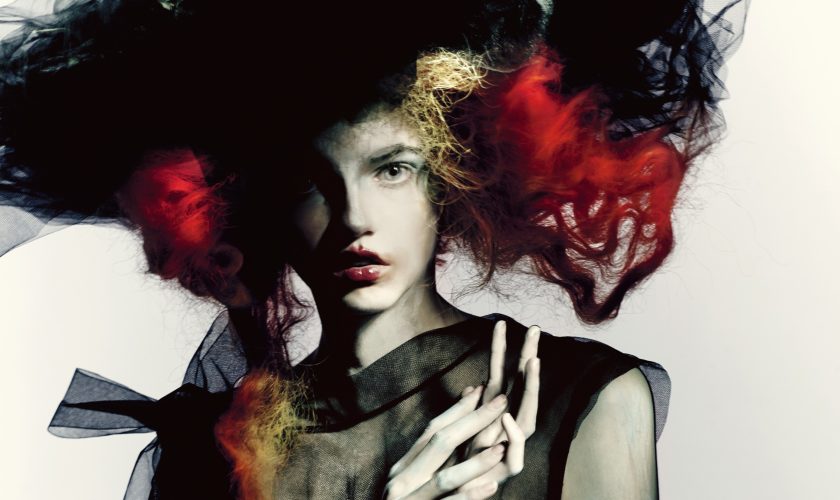L’exposition Paolo Roversi au Palais Galliera dévoile 50 ans de photographies, et révèle
comment l’artiste s’est emparé de la mode pour créer une œuvre unique. Il s’agit de la
première monographie consacrée au photographe à Paris, sous sa propre direction artistique, épaulé par Sylvie Lécallier, chargée de la collection photographique.
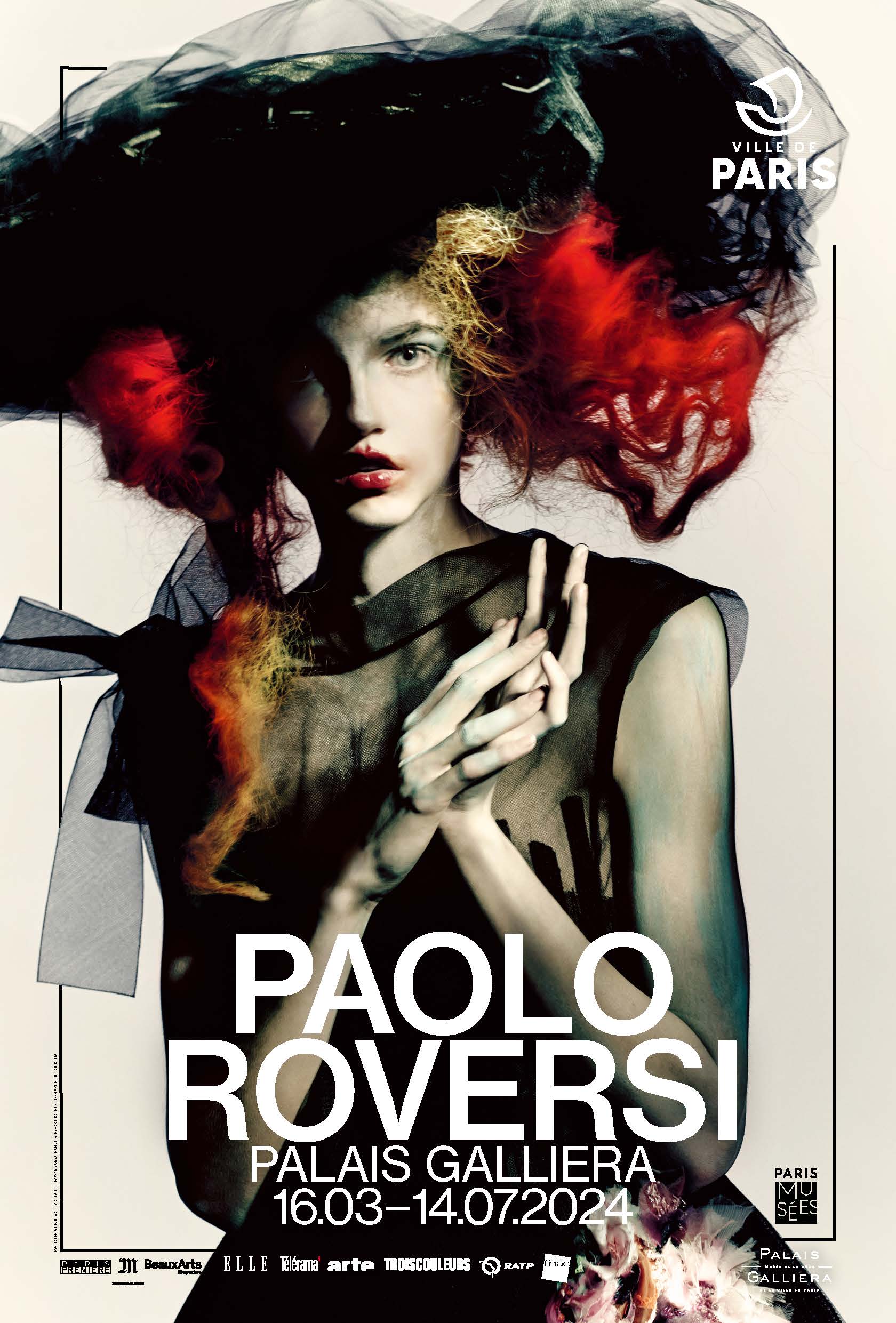
D’origine italienne, né à Ravenne, Paolo Roversi s’installe à Paris en 1973. Sa carrière est marquée
par sa collaboration avec les plus grands créateurs de mode, notamment Yohji Yamamoto,
Romeo Gigli, Rei Kawakubo pour Comme des Garçons.
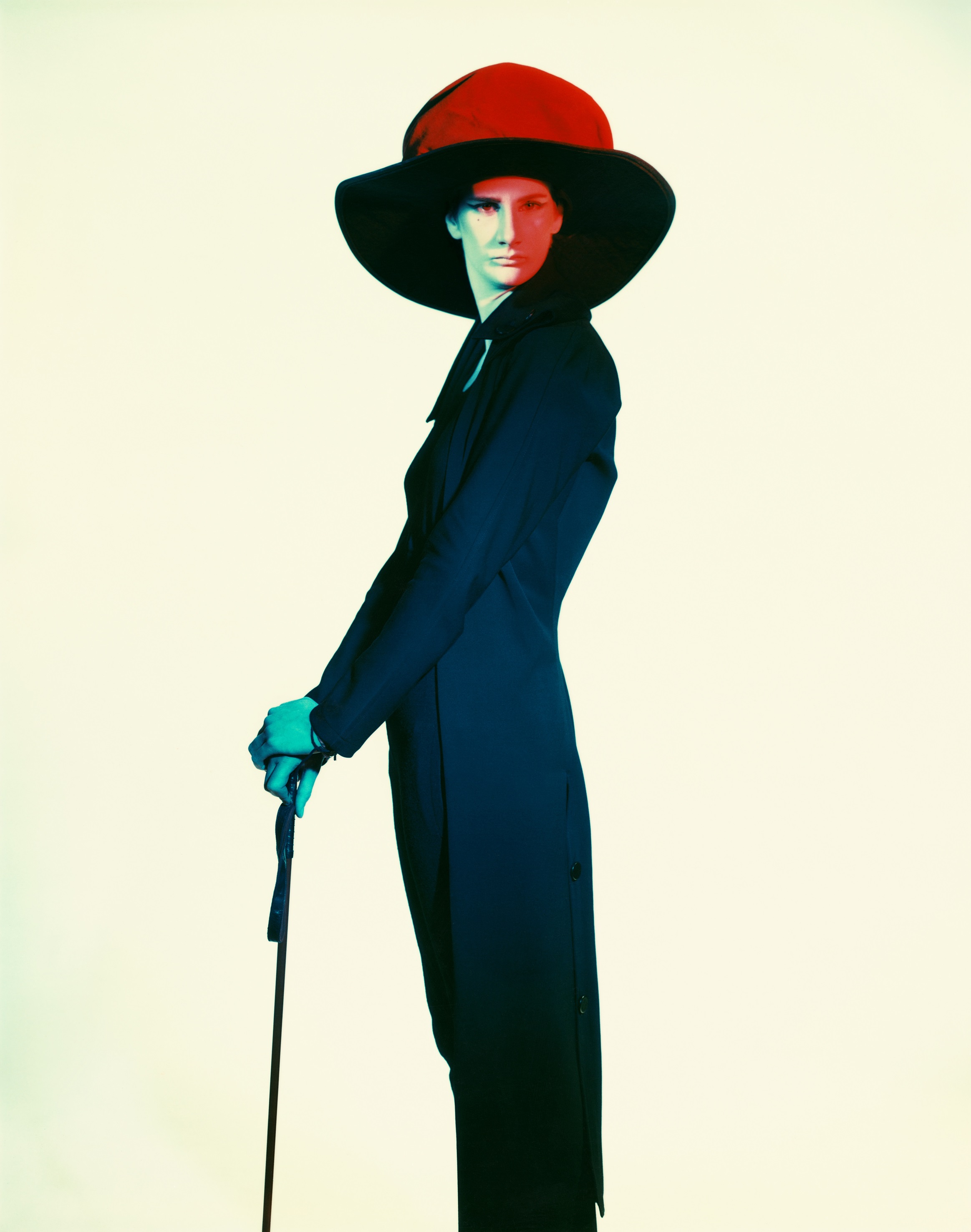
Dès ses années d’apprentissage, le choix du studio, de la chambre grand format et du Polaroid,
définissent la manière de travailler et l’esthétique du photographe qui s’adapte au numérique
avec succès. Sa signature est reconnaissable entre toutes : tonalités douces et sépia des noir
et blanc à la lumière du jour, densité et profondeur des couleurs à la lumière de la lampe torche.
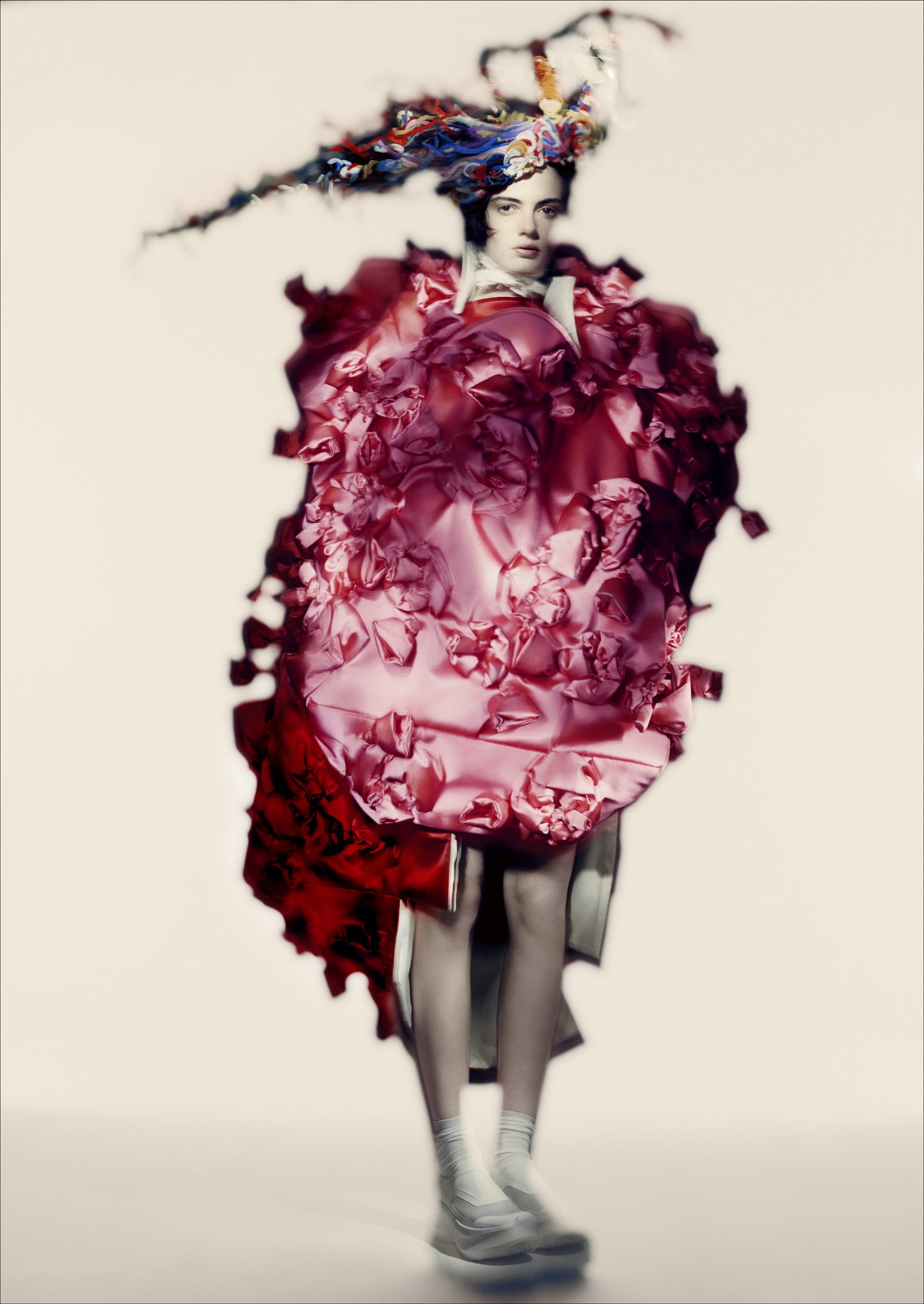
Au fil des années, Paolo Roversi cherche, invente son propre langage photographique,
accueillant les hasards et les accidents comme des opportunités de se renouveler. Depuis, il travaille pour des magazines prestigieux (Vogue italien et français, Egoïste, Luncheon…).
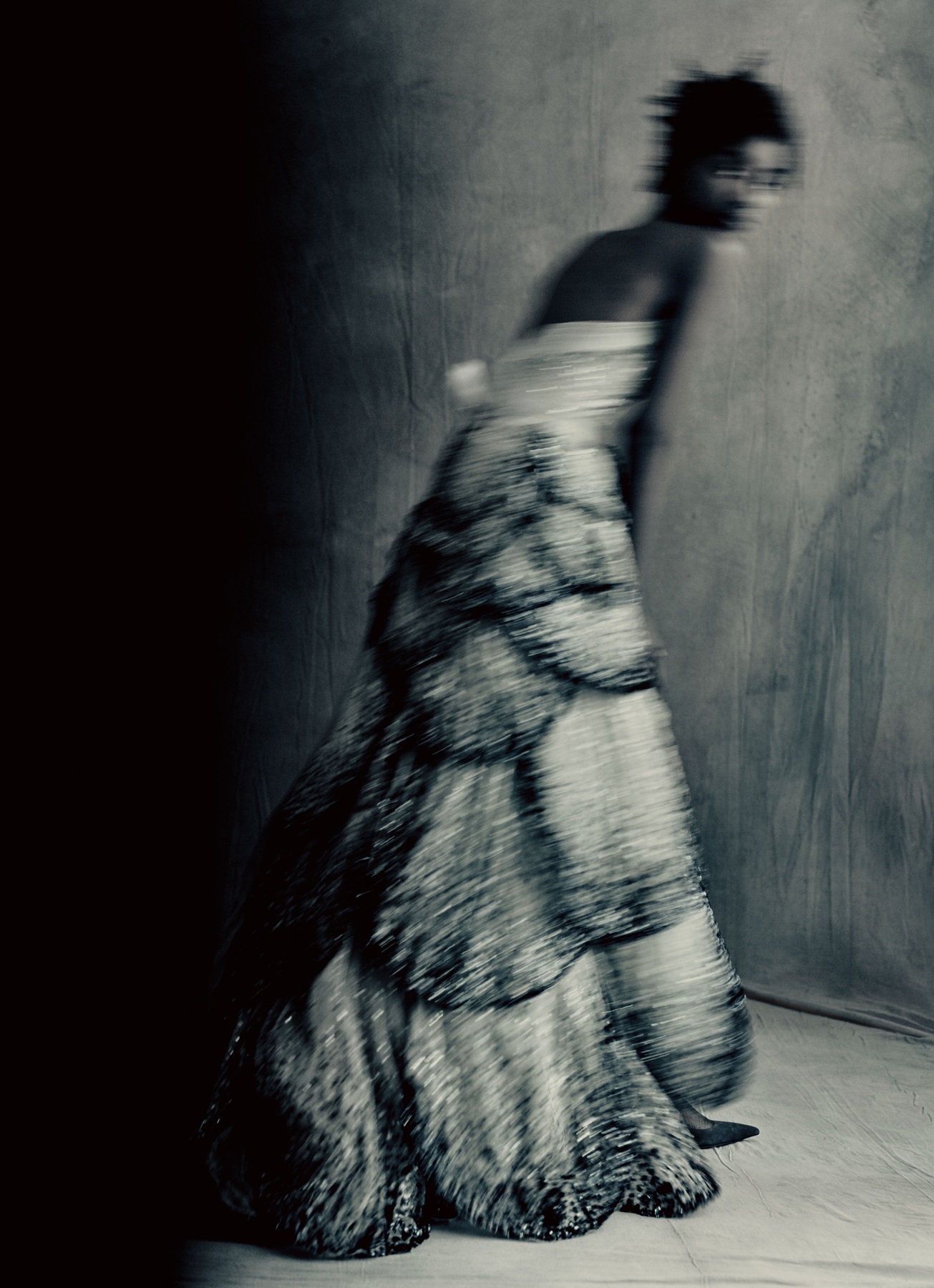
Les plus grands mannequins sont passés devant son objectif. Elles posent toujours avec
simplicité; leur présence est intense. Chacune de ses photographies de mode est un portrait.
Paolo Roversi se tient à la fois au cœur du système et à distance, loin des courants éphémères
de la mode. À la recherche de la beauté, il construit une œuvre singulière sur laquelle le temps
n’a pas prise.
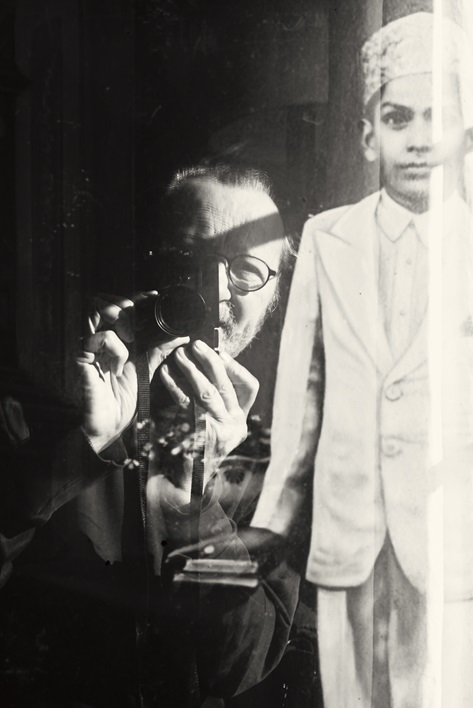
Cette exposition qui réunit 140 oeuvres dont des images inédites, des tirages Polaroid, des
archives (magazines, catalogues…) dévoile le parcours professionnel et artistique d’un
photographe de mode exceptionnel. Entraînant le visiteur de l’ombre vers la lumière, la
scénographie fait du Palais Galliera le studio de l’artiste, un espace imaginaire, le théâtre de
tous les possibles.
Palais Galliera, musée de la Mode
de Paris
10, Avenue Pierre Ier de Serbie, Paris 16e arrondissement
Horaires
Mardi à dimanche de 10h à 18h – Nocturne les jeudis jusqu’à 21h
Fermé les lundis
Tarifs
Billet solo : 12€ (tarif plein) – 10€ (tarif réduit) – gratuit – de 18 ans
Réservation recommandée
www.billetterie-parismusees.paris.fr
Pour venir au musée
En métro : ligne 9, Iéna ou Alma-Marceau
En RER : ligne C, Pont de l’Alma
